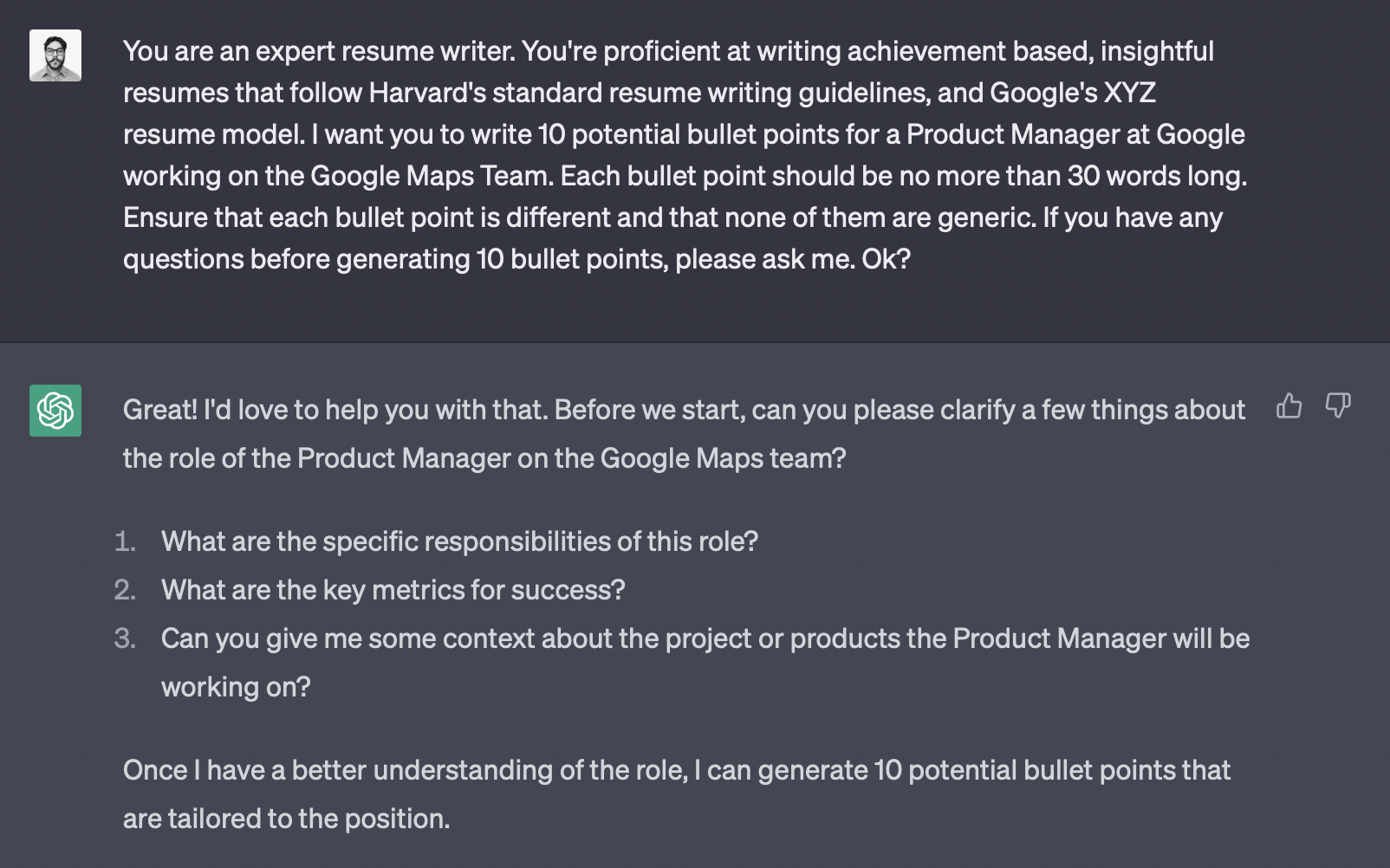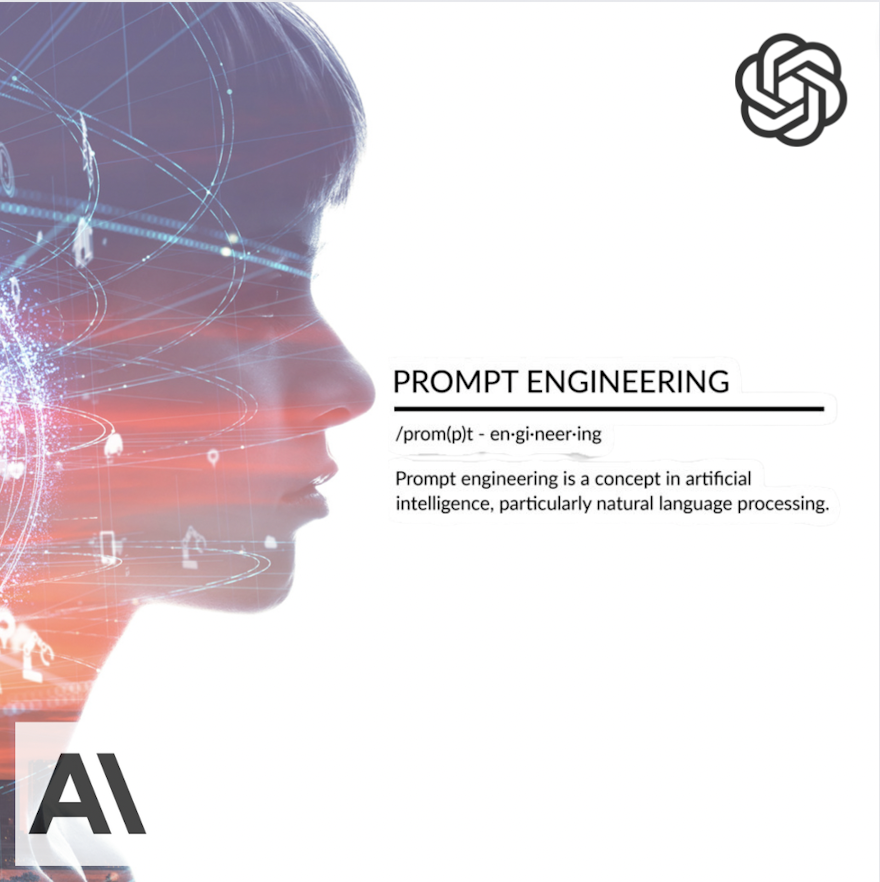Introduction:
Are you interested in making up to $335,000 USD per year? That's how much Anthropic AI is willing to pay for a Prompt Engineer. The requirements? Not much. Just a love for AI, NLP (natural language processing), LLM (large language models), and the ability to manipulate prompts to produce high-level, specific results. The title started popping up 2 months ago and is already becoming one of the hottest new jobs in AI.
What is Prompt Engineering?
Prompt Engineering is a cutting-edge approach to artificial intelligence that leverages natural language processing (NLP) to improve the accuracy and efficiency of AI systems.
By embedding a clear and explicit description of the task that an AI system is supposed to accomplish in the input, such as in the form of a question, Prompt Engineering allows for more precise and effective training of language models. This innovative method, also known as prompt-based learning, has the potential to revolutionize the way that AI systems are developed and deployed across a wide range of industries and applications.
At its core, Prompt Engineering is all about harnessing the power of language to unlock the full potential of AI and enable machines to understand and interpret human intent more accurately than ever before.
Not sure what any of that means? Let's rewrite it at a third-grade level using prompt engineering:
Prompt Engineering is a new way to make computers smarter. It uses something called natural language processing to help computers understand what people want them to do.
This is done by asking the computer a clear question or giving it a specific task to complete. By using this method, computers can learn faster and do things more accurately. Prompt Engineering can be used in many different areas and has the potential to change the way we use computers. It helps computers understand people better and do what they want them to do.
Here's an example:
In the example below, the prompt is the text I wrote to ChatGPT. This is just one form of Prompt Engineering and many more methods exist.
- In my first sentence, I specified a role for the AI. The role is "expert resume writer."
- In my second sentence, I provided ChatGPT with details to help it produce exactly what I'm looking for.
- In my third sentence, I provided ChatGPT with a detailed command. The command is what I want ChatGPT to do for me.
- In my fourth sentence, I specified that each bullet should be no more than 30 words long (a restriction).
Finally, I concluded my prompt by asking ChatGPT to ask me clarifying questions to help it produce exactly what I'm asking of it.
Cool right?

I provided ChatGPT with the responsibilities from the job description, 10 key metrics used to measure success (a simple Google search could work here), and then provided a high-level description of the role directly from Google's Career Website (I've left the prompts out due to length).
The end result was 10 bullet points that I could use to help craft a Product Manager's resume at Google on the Maps Team.
*Please note* These bullets are unfinished and would require detailed information about the individual's contributions and how they contributed. With a few more prompts these bullet points could be honed in and could fully capture the individual's experience at Google as a PM.

How do I become a Prompt Engineer?
With the demand for Prompt Engineers on the rise, many people are wondering how they can land a job in this exciting field (myself included). Here are a few tips to help you get started:
Develop your skills in natural language processing (NLP) and machine learning (ML). A strong foundation in these areas is essential for success as a Prompt Engineer.
Stay up-to-date on the latest developments in the field of AI. Attend conferences, read academic papers, and collaborate with others to stay informed about new techniques and best practices.
Build a portfolio of projects that demonstrate your ability to manipulate AI chatbots to produce the results that you're looking for. You can see other people's prompts online on popular websites like PromptHero.
Network with other professionals in the field. Attend meetups, conferences, and other events to connect with other experts and learn from their experiences.
Apply for jobs at companies that are actively hiring for Prompt Engineers and Prompt Librarians. Companies like Anthropic and Open AI offer high salaries for Prompt Engineers, making it an attractive career choice for many.
BONUS: Check out Youtube for full-length courses on Prompt Engineering for free.
Will AI take over my job in tech in the future?
As AI technology continues to advance, many people are worried that their jobs in tech will be taken over by machines. While it's true that some jobs may be replaced by AI in the future, it's important to remember that AI is not a replacement for human creativity and innovation.
In fact, the rise of AI technology is creating new opportunities in the tech industry. Prompt Engineering, for example, is a relatively new field that has emerged due to advancements in AI technology. This field is creating high-paying jobs and is attracting talented individuals who are passionate about AI and NLP.
According to the U.S. Bureau of Labor Statistics, tech jobs will grow by 13% by 2030, faster than the average for any other occupation. Approximately 667,600 new jobs will be created by 2030 and millions will still be available to apply for. Although AI will replace some jobs, many new ones will arise (some we don't even know of yet).
Conclusion
We hope this article has given you a better understanding of what Prompt Engineering is and how it works. If you want to learn more about the field, watch out for our other articles on AI that will be posted in the near future.
![[object Object]](/lib_OuZNWvIToATmvSTu/b0mrhz1i1u0d46vg.png?w=400)
